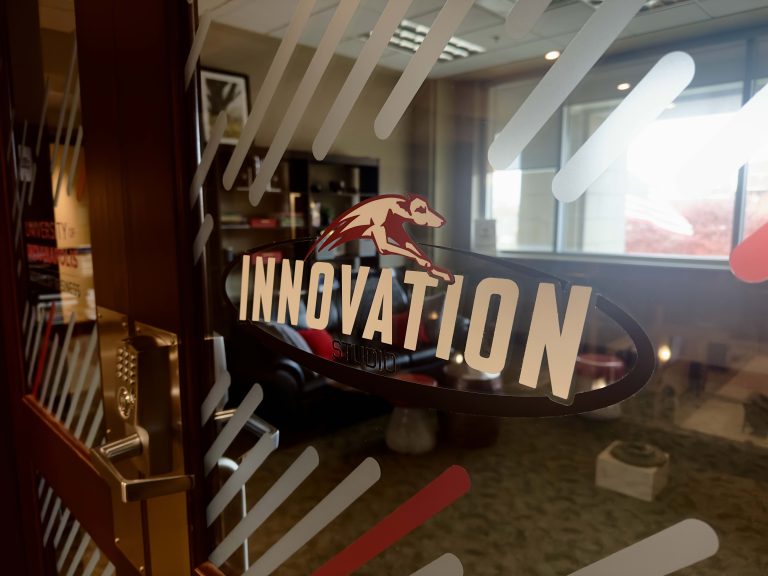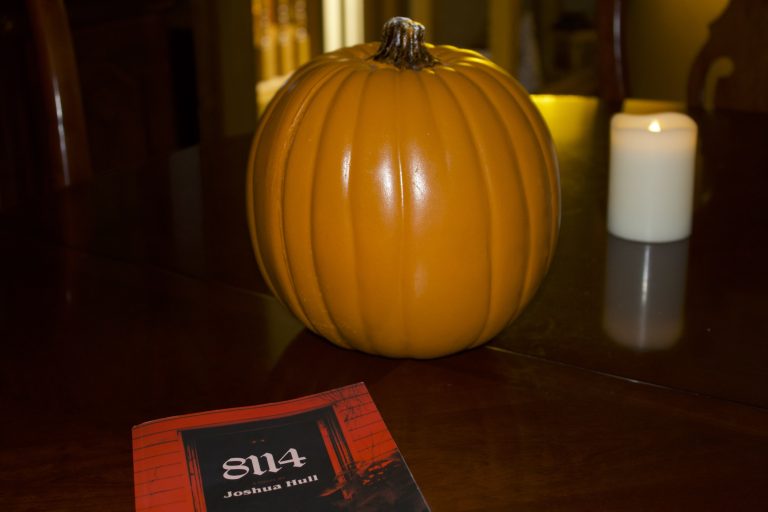Indianapolis has a large art scene that is constantly growing within the city. While most Indianapolis natives are probably familiar with the Indianapolis Museum of Art located on 38th Street or have been on a field trip to the historic Indiana Repertory Theatre, there are many other sites around the city that offer opportunities to appreciate local art.
Big Car Collaborative is a nonprofit arts organization and collective of artists that is located just north of the University of Indianapolis campus on Cruft St. in a building called the Tube Factory. The factory was first a dairy and milk company in the 1800s before being converted into a peanut processing plant in the 1940s, and finally a tube factory in the 1980s.
According to Alexis Zarco an AmeriCorps, Immigrant and Refugee Service Corps member of Big Car, the collaborative was then created by Jim Walker and Shauta Marsh in 2004.
“They had a goal and a vision to bring people together through art, to create a closer community and build relationships, so far I think they’ve been successful,” Zarco said.
The Tube Factory is open from 9 a.m. to 6 p.m. and is completely free. Inside the building, various works from local artists and others are displayed throughout the day, and a lending library is also available for perusal. Outside, there are putt-putt holes, ping pong tables, foosball tables and chess that can be used free of charge.
The Tube Factory also hosts events throughout the month, including introduction of new works to the gallery the first Friday of every month.
“In the art community, the first Friday of the month is kind of like a ritual for art galleries to be open to the public and for artist to get their work out,” Zarco said. “What we do here is we turn the first Friday into a night market… the last two months, Oct. 6 and Nov. 3, we’ve had different local vendors from Indy out here [as well].”

While there are limitations to how much change can be made in creating understanding through the center, Big Car Collaborative strives to reach the neighboring community to spread cultural awareness and environmental awareness, Zarco said.
“As a non-profit, you can only do so much and go so far with the amount of money that you have and I guess our purpose is to build relationships and sustain those relationships for as long as possible through the art,” Zarco said.
Another less known place to find art is the Harrison Center, located on Delaware St. downtown. It is home to five different gallery spaces that showcase the work of local and some out of town artists for free on the first Friday of every month.
The project Pre-Enactment Indy is focused on renovating the Monon 16 neighborhood so that it will become more “equitable, vibrant and just” according to the website www.harrisoncenter.org.
Monon 16 is a planned downtown neighborhood located between 21st and 16th streets, in the Kennedy King Park area. The area features several different neighborhood breweries, restaurants and distilleries.
The Harrison Center is focused on addressing community problems with cultural solutions while also providing studio space for 36 local artists, according to Arts Coordinator for the Harrison Center Pam Allee.
“We partnered with other arts organizations, theatre groups and community organizations [for Pre-Enactment Indy] to point attention to the neighborhood history along the Monon 16 and the re-development that’s being done there,” Allee said. “[We’re] trying to make sure the longtime residents are honored with all the new development that’s going on.”
The Harrison Center’s objective is to reflect the culture and beauty of the city. One of its galleries, the City Gallery, is dedicated to using art and culture to tell the story of Indianapolis’ urban neighborhoods.
For those who are looking to enjoy art outside, the 92 County walk is mapped course that includes a set of 92 sculptures and installations built into and around the Indiana State Museum, one for each of the state’s counties. The entire display is outside along the canal, making it free for anyone to view and learn about different areas of the state.
Each county has a plaque and artwork that describe the county’s history, wildlife, terrain or oddities.
For example, Shelby County’s plaque notes the first railroad in Indiana being built, the writings of best-selling Indiana author Charles Major and Shelbyville resident Sandy Allen, who was the Guinness Book of World Record’s tallest woman alive during her lifetime.
Also near the museum and along the canal, within walking distance are many other sculptures and the scenic White River State Park.
There are many opportunities for Indianapolis residents and UIndy students to enjoy the city’s artistic culture only a short drive from campus and often free of charge.







